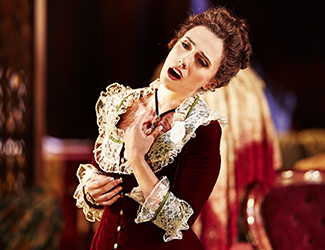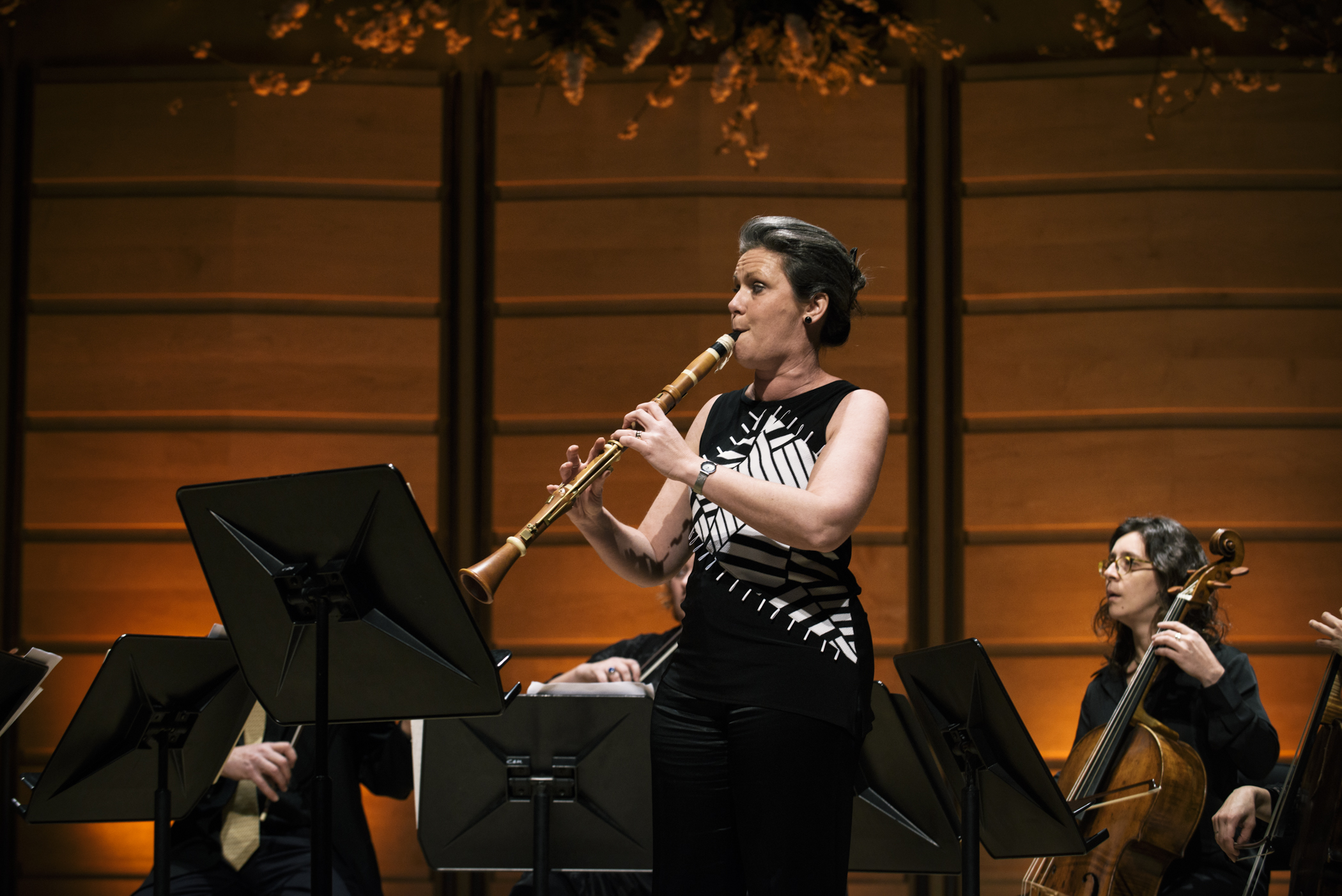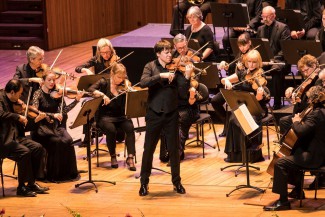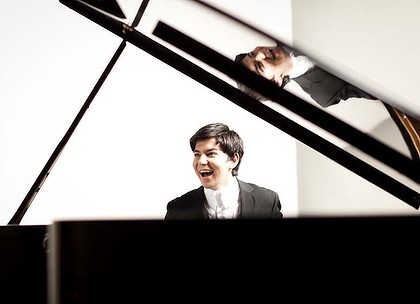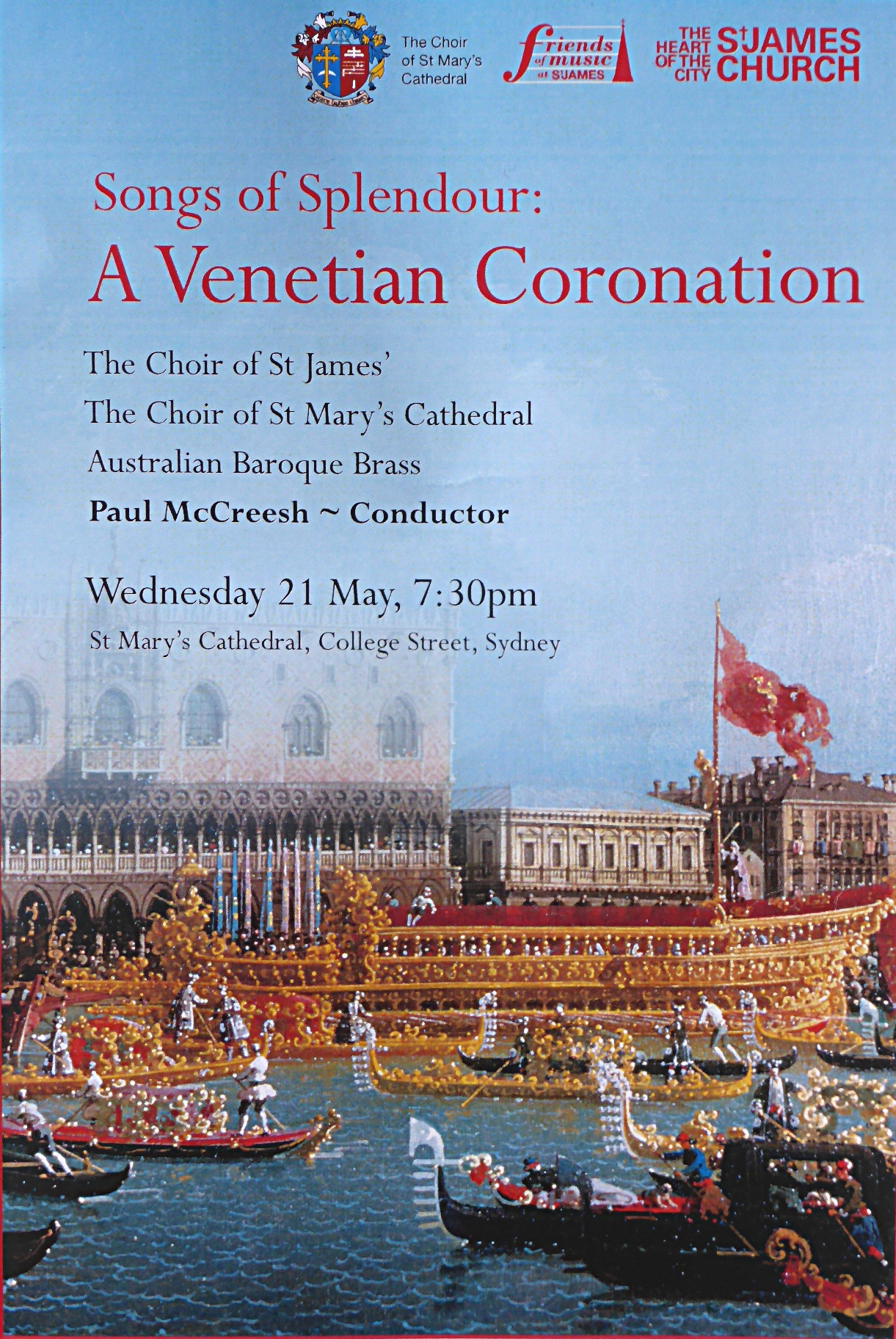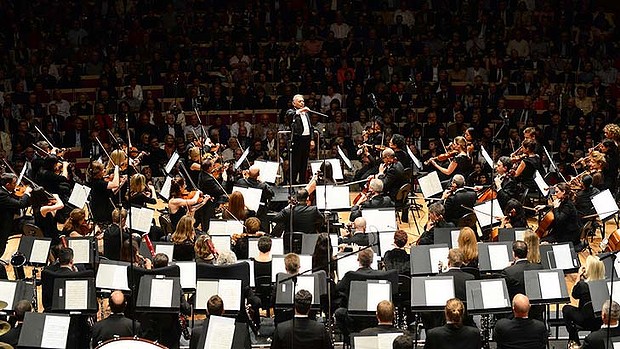Opera Review: La Traviata/ Opera Australia
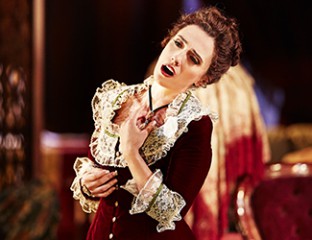
Photo credit: Keith Saunders
It’s everything you want opera to be. From its first trembling chromatics, the soloists dazzled, the chorus and orchestra were in fine form, Verdi’s music was impossible to resist and the tale oozed passion and tragedy. Add sumptuous and meticulously detailed costumes, sets and dramatic lighting and there you have the complete package.
Opera Australia’s 2017 revival of Verdi’s La Traviata opened in Sydney last week. This production, created by Elijah Moshinsky and revived by Hugh Halliday is one to treasure. Premiering in 1994, it continues to be visually stunning and perfectly in context with the tale of The Fallen Woman who vainly aspires to a more genteel life.
Opening the season in the title role of Violetta was Albanian soprano Ermonela Jaho whose performance was eagerly awaited. If Michael Yeargan’s set design represented a Renoir masterpiece then Ermonela Jaho’s performance created the finest of shading in colour, timbre and fragility mixed with broader brush strokes of tragedy and defiance topped with a shimmering coloratura. The role is fearsomely demanding. Jaho has sung Violetta in the grandest of opera houses like Munich, Paris and Vienna. She brings this experience and confidence to the Sydney stage. She sang Ah fors’è lui with the sublimest control before blossoming into a feisty cabaletta Sempre libera degg’io gives and delighting the audience with an incandescent high E flat as a finishing flourish.
Jaho gave a clear and moving account of Violetta, coming to the realisation of her fate and accepting it without sentimentality, the effervescent ornamentation of the early scenes giving way to introspection and then guttural despair in one of opera’s most intimate endings. Jaho’s second act grand duet with Giorgio Germont sung by José Carbó was beautifully balanced and very special. Carbó played his role with fatherly tenderness and suitable ambivalence as he ventured into the softer registers of his voice.
Tenor Ho-Yoon Chung sang the role of the Germont fils Alfredo. After a tentative start, his ringing light tenor bloomed in the brindisi Libiamo ne’ lieti calici and he was well on his way.
There were marvellous performances from Dominica Matthews as Flora and Samuel Dundas as Marquis d’Obigny bringing perfectly timed welcome comic relief to their cameo roles. Stirling support too from Natalie Aroyan as Annina, Adrian Tamburini as Baron Douphol, John Longmuir as Gastone, Gennadi Dubinsky as Doctor Grenvil, Jin Tea Kim as Giuseppe, Jonathan McCauley as the Messenger and Malcolm Ede as the Servant.
Renato Palumbo conducted the accomplished Opera Australia Orchestra, contrasting the grandest of sounds in merry partying to the thin, anguish of a stark and lonely death. The Opera Australia Chorus was outstanding as always under Chorus Master Anthony Hunt and well deserving of its nomination for Best Chorus in the 2017 International Opera Awards, run by BBC 3 and Opera Magazine (winners to be announced in London on May 7).
The opera itself has an intriguing history with the Venetian censors declaring that the title of the opera, (based on Alexandre Dumas fils’ novel La Dame aux Camélias) be changed to Amore e morte (‘Love and Death’), prompting Verdi to write his friend Cesare De Sanctis that it was ‘a subject of the times. Others would not have done it because of the conventions, the epoch and for a thousand other stupid scruples’.
As an aside, Dumas fils’ novel also inspired the ballet Marguerite and Armand danced to Franz Liszt’s B minor piano sonata, created in 1963 by British choreographer Sir Frederick Ashton especially for Rudolf Nureyev and Dame Margot Fonteyn.
Seeing Moshinsky’s production of La Traviata is much like enjoying Opera Australia’s recent revivals of The Barber of Seville and The Love for Three Oranges – returning to a classic as one would return to look at a masterful painting, re-read an excellent book, or be moved by classic movie. They are integral parts of the company’s history and repertory. Audiences should have the opportunity to continue to enjoy them.
La Traviata is well worth seeing – the cast and production team have created opera at its best.
Shamistha de Soysa for SoundsLikeSydney©
La Traviata is at the Joan Sutherland Theatre of the Sydney Opera House on selected evenings and afternoons till April 1, 2017. Special ticket offer for February 23 performance.

